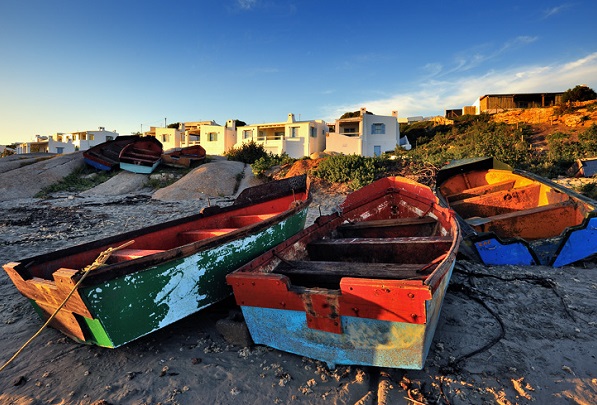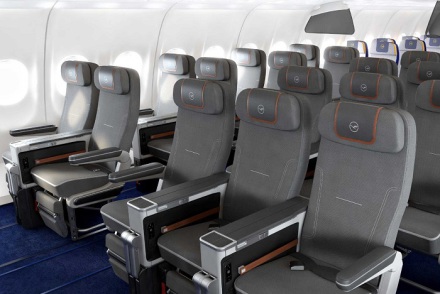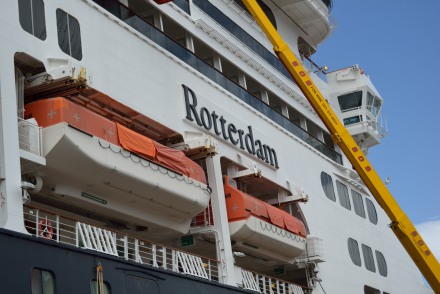The small coastal town of Paternoster is one of South Africa’s most popular tourist villages. People seeking a coastal breakaway have started to flood to Paternoster over the last couple of years, and it’s not difficult to see why. This Paternoster Travel Guide will help you navigate the quaint little coastal town.
There are a couple of theories about where the town got its name from, but nobody really knows why the town is called Paternoster. The Latin meaning of Paternoster is ‘Our Father’. This has people believing that Paternoster refers to the prayers of shipwrecked Catholic Portuguese seamen. The other popular theory is that the name refers to the beads worn by the Khoi tribe; also called Paternoster. The town council has prohibited any major development of the area. By doing so, they have ensured that the old world charm of Paternoster will stay intact.
Where to stay: There is an abundance of accommodation in Paternoster. Old fishing cottages have been restored and renovated and are now being rented out as self-catering units. Self-catering units are usually cheaper to book than hotels and B&B’s. You also have the option to braai or cook local meat and seafood in self-catering units. For a care free weekend away or a relaxing weeklong holiday at the sea, we recommend you stay in a hotel. You will not have to worry about cleaning or cooking, everything will be taken care of by the hotel staff. To check for accommodation in Paternoster click here.
Economy: Paternoster is one of South Africa’s oldest villages. Most people who live in Paternoster are either employed by the crayfish factory or the Kabeljou farm. Fishermen catch and sell snoek and herring and harvest black mussels for a living. The town’s economy is almost totally dependent on tourism. With a rich history, good food and a beautiful coastline, Paternoster certainly has something for everyone to enjoy.
Where and what to eat: In Paternoster there is one thing you must eat- seafood. Foodies head down to the small fishing villages to search for fresh seafood straight off the boat. Paternoster is known for three things, crayfish, white washed fisherman’s cottages and snoek. The freshest seafood in Paternoster is found at the harbour or from the back of a fisherman’s bakkie. According to Trip Advisor The Noisy Oyster is the best restaurant in Paternoster. “Fabulous Evening”, “Outstanding Dinner” and “The Noisy Oyster – Paternoster’s Culinary Gem” are some of the reviews that the restaurant has received on Trip Advisor. The restaurant serves fine dining South African inspired dishes. The menu changes seasonally. The Noisy Oyster’s signature dish is a Thai seafood curry and their oysters are the freshest in town. A restored 70 year old fisherman’s cottage has been converted into a restaurant called Gaaitjie Salt Water. The restaurant serves local West Coast dishes with a modern twist. The best pizza restaurant in town is Blikkies Pizzeria. Blikkies Pizzeria makes thin crust Italian pizzas in a 110 year old fishing cottage. Trip Advisor gave their pizza the Certificate of Excellence badge in 2015 and 2016. Paternoster is the best foodie destination on the West Coast of South Africa.
What to get up to in Paternoster: There is a whole host of activities to choose from in Paternoster. There is beach buggy riding on the dunes around Paternoster, kayaking and horse riding along the coastline, and for adrenalin junkies, there is deep sea fishing. West Coast Adventures also offers whale watching trips out to sea during the calving season. Bird watching and hiking along the coastline are also very popular activities. At the end of a long day you can head down to the beach, crack open a bottle of wine and watch the sun set over the ocean.
When to Go: The town is situated +/- 150km from Cape Town, which on average is a one hour and 45 minute drive. Paternoster has a very pleasant climate year round. During the summer months the average daily temperature is around 25 degrees Celsius, while in the winter it drops to 16. If you are planning on booking self-catering accommodation during the winter months, make sure the unit has an indoor braai, because it gets quite cold after the sun sets. The best time to go is during the summer months from March to September.




